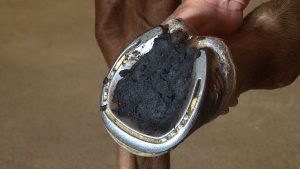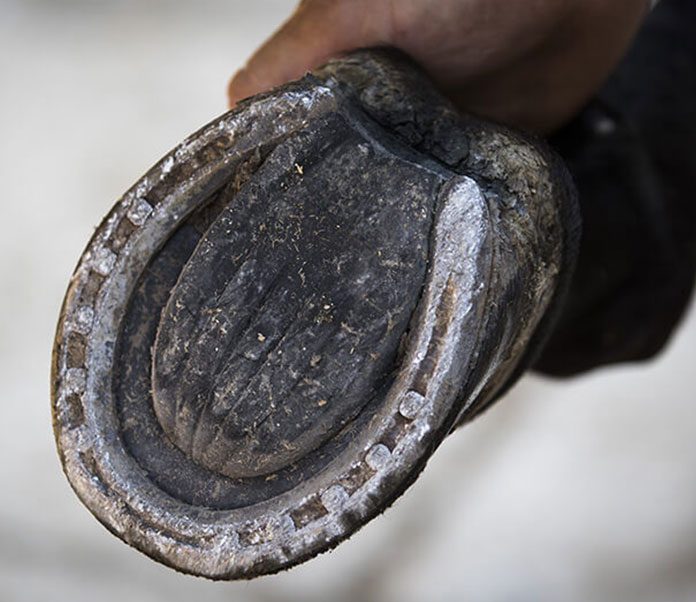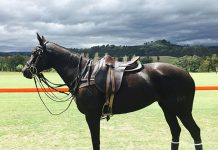We’ve all heard this one before: “No foot, no horse.” How true. Farrier care is one of the most important aspects of caring for your horse, and usually not all that easy unfortunately.
We’ve all had them – the squirmers who snatch their feet away, kickers, wigglers, stompers, lazy leaning horses that are the bane of a farrier’s existence. Finding a good farrier is hard enough as it is, so you don’t want him to refuse to trim or shoe your horse because your equine is being a total idiot. Farriers are always busy and they don’t have the time to train your horse to pick up their feet and stand quietly. That is your job. So, train your horse to do this early and do it well. Yes, it can also be taught to older horses. Just don’t ask for too much too soon from them and it will all work out.
 You need to understand some of the reasons a horse isn’t a happy camper about picking up his feet. A horse’s feet are used to run to safety. Holding his foot makes him feel vulnerable. It might be they have not even been shown properly how to lift their feet. He might have been handled badly in the past when having his feet picked up, or there may be a physical problem – like a sore foot.
You need to understand some of the reasons a horse isn’t a happy camper about picking up his feet. A horse’s feet are used to run to safety. Holding his foot makes him feel vulnerable. It might be they have not even been shown properly how to lift their feet. He might have been handled badly in the past when having his feet picked up, or there may be a physical problem – like a sore foot.
Here’s how you start to teach a horse to pick his feet up and stand quietly. You start with small bits at a time, about 5 to 15 minutes twice a day should work. Having said that though, each horse is an individual so pace yourself accordingly.
Start in a safe place such as a round pen. Do not work with the horse tied for your safety and his. Start stroking his neck and work slowly down to the shoulder and then the leg. If he’s happy, you’re doing a good job. If he fidgets, just slowly remove your hand at the spot he started getting jumpy at, and start over again until he settles. Keep doing this until you touch the feet. If you can’t during the first session, it doesn’t matter. Just end things on a good note and try again another time. This same routine can be used with the back legs. Just remember, slow, easy and calm.
Once you get to the feet, try picking one up and holding it for a mere fraction of a second and releasing it before the horse takes it away and praise and reward them. Go on to another leg and so on. When you are first working with them you don’t want a long hold, you just want to be able to pick the foot up and put it down right away. This teaches the horse you will not harm him. Keep increasing the hold time over your sessions with the horse. Eventually, and who is in a rush here anyhow, you will have a horse that stands quietly for not only you, but the farrier. Trust is a major issue here, so treat your horse with respect and he will respond.


































